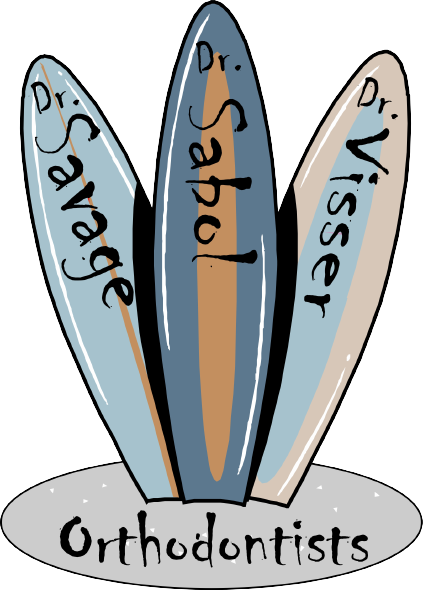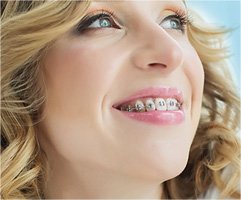Retainers are an essential component of long-term orthodontic health, but they won’t keep your teeth straight if they’re not used properly. Below, we’re answering some of the top questions about these common orthodontic appliances so that you have a full understanding of the do’s and don’ts of retainers.
What are the rules for retainers?
The rules for retainers are fairly simple, but sticking to these rules day in and day out can be the difficult part! Here are the most important rules to keep in mind:
- Remove your retainer when eating or drinking (except water).
- Remove your retainer when brushing your teeth – and brush your retainer separately!
- Store your retainer safely in its case when not in use.
- Wear your retainer for the hours recommended.
How many hours a day do you have to wear a retainer?
The daily hour requirements for retainer use will vary by patient. Immediately upon getting braces removed, patients will need to wear the retainer more frequently. At this stage, it’s recommended to wear your retainer at all times except when eating, drinking or brushing your teeth. Over time, retainer use can be decreased as the teeth become adjusted to life without braces. Eventually, patients can reduce their retainer use to only at nighttime.
Do you have to wear a retainer the rest of your life if you get braces?
Patients who want to maintain the position and alignment of their teeth after braces are encouraged to wear a retainer for the rest of their life. Otherwise, the teeth may shift out of place. Fortunately, you will not have to wear a retainer for all hours of the day forever. To maintain the alignment of your teeth, it is highly recommended that patients wear the retainers while sleeping.
What can you not eat with a retainer?
You should not eat anything with a retainer in your mouth. Eating with a retainer can damage the appliance, affecting its ability to protect the alignment of the teeth. Fortunately, retainers can be easily removed so that you can eat whatever you like. As long as you remove the retainer before eating, you can eat all types of foods. This means there are no dietary restrictions due to retainers, which is an exciting change for patients who have undergone a braces treatment. Don’t forget to brush your teeth or rinse your mouth after eating so that you remove food debris before putting your retainer back in!
What happens if you eat with retainers?
The worst case scenario of eating with a retainer is damaging the appliance. If the retainer becomes damaged, it may no longer hold your teeth in the appropriate position. If you do damage your retainer, you’ll need to visit your orthodontist to either repair or replace the appliance and continue preserving the alignment of your teeth. If you use a damaged retainer for too long, your teeth may shift back, requiring additional orthodontic services to correct them again.
If you have any further questions about retainers or are seeking orthodontic services in Virginia Beach or the Eastern Shore of Virginia, please contact us today at Savage, Sabol and Visser Orthodontics.













